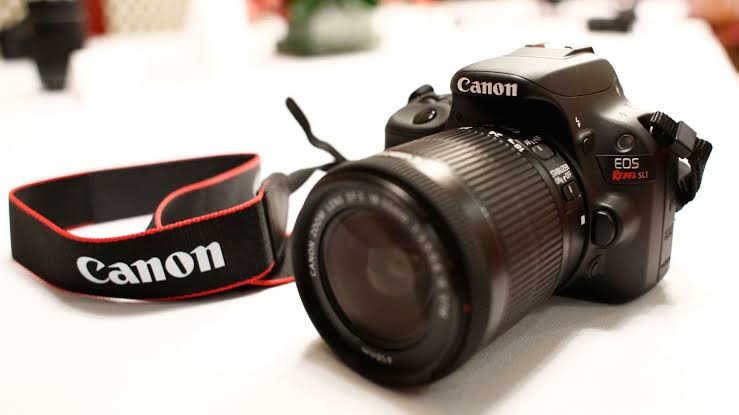
Canon Challenges ASML with Advanced Semiconductor Tech
On Friday, October 13, Canon, a Japanese company known for its printers and cameras, unveiled a revolutionary solution designed to aid in the production of cutting-edge semiconductor components.
According to a report by CNBC, Canon’s recently introduced “nanoimprint lithography” system is the company’s response to ASML, the preeminent force in the extreme ultraviolet (EUV) lithography machine market.
ASML’s equipment is indispensable for the production of cutting-edge processors, such as those used in the most recent Apple iPhones.
The use of these devices has become entangled with the technological conflict between the United States and China.
Using export restrictions and a variety of sanctions, the United States has attempted to obstruct China’s access to vital semiconductors and manufacturing machinery, impeding the development of the world’s second-largest economy in a field in which it is already regarded as lagging.
Due to its crucial role in enabling the production of semiconductors at 5 nanometers and below, ASML’s EUV technology has garnered significant traction among leading chip manufacturers.
This nanometer measurement pertains to the size of chip features, with smaller values accommodating more features on a chip and thereby augmenting the performance of semiconductors.
Canon reportedly announced that its new system, the FPA-1200NZ2C, can produce semiconductors matching a 5nm process and scaling down to 2nm, outperforming the 3nm A17 Pro chip found in the iPhone 15 Pro and Pro Max.
ASML has been prohibited from exporting its EUV lithography equipment to China due to restrictions imposed by the Dutch government.
The significance of these devices in the production of cutting-edge semiconductor chips necessitates this restriction. Canon’s claim that their new equipment can facilitate the production of 2nm-sized semiconductors is likely to result in increased scrutiny.
As previously reported, the Biden administration is attempting to close a loophole that has allowed Chinese developers to purchase processors from the notorious Huaqiangbei electronics district in Shenzhen, a city in southern China.
However, China has issued a draft of security regulations for companies offering generative artificial intelligence (AI) services, which include restrictions on the data sources used for AI model training.
